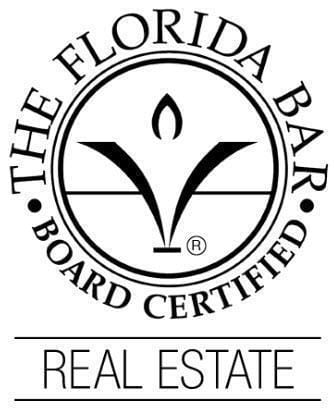In many commercial properties, useable space and rentable space differ meaningfully. The useable space is the area the tenant exclusively occupies. Rentable space, by contrast, includes common areas such as elevators, hallways, lobbies and public restrooms.
If you are thinking about investing in a commercial rental property, you can maximize profits by finding a long-term tenant as quickly as possible. When advertising your space, you may want to notify potential renters about the space’s load factor.
Tenants pay for rentable and useable space
Obviously, your commercial tenants must pay you for the usable space they rent exclusively. They should also chip in for maintaining the property’s common areas. If you advertise your property based on just useable space, new tenants may be in for a costly surprise. Prospective tenants may also choose to walk away from the lease before signing it.
Load factor is easy to calculate
To calculate the load factor for your commercial property, simply divide rentable space by useable space and express the quotient as a percentage. For example, if the unit has 10,000 square feet of useable space and 15,000 square feet of rentable space, the load factor is 15%.
Tenants cover a share of common area maintenance
If you have a multi-unit commercial property, your commercial lease may provide for the assessment of common area maintenance charges. These charges may cover lobby cleaning, lawn care or other upkeep of non-exclusive parts of the property.
Assessing common area maintenance charges is good for both you and your tenants, as these charges ensure all parts of the property remain in good condition. Still, if your tenants do not fully understand these charges, they may later grumble about paying them.




